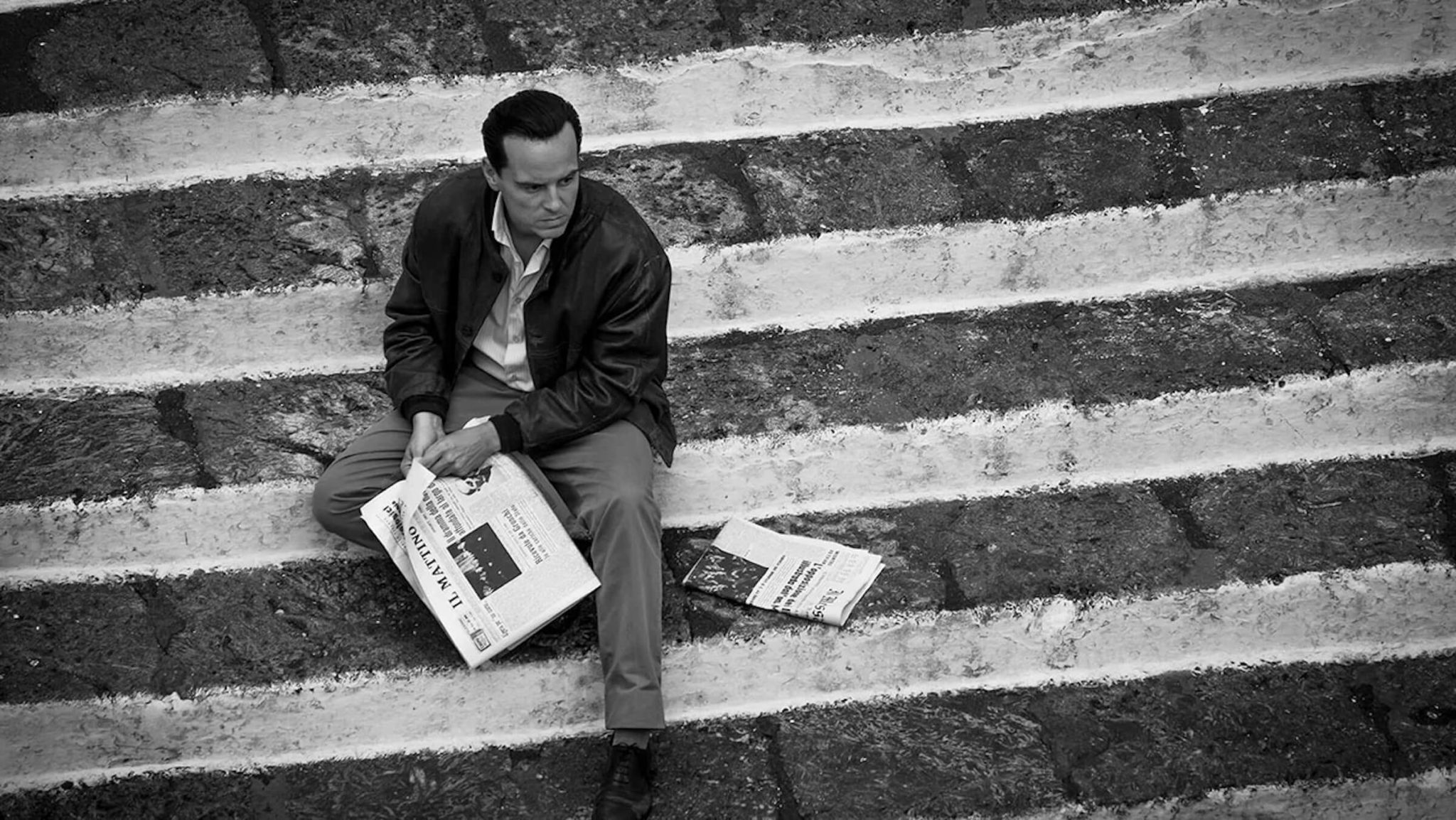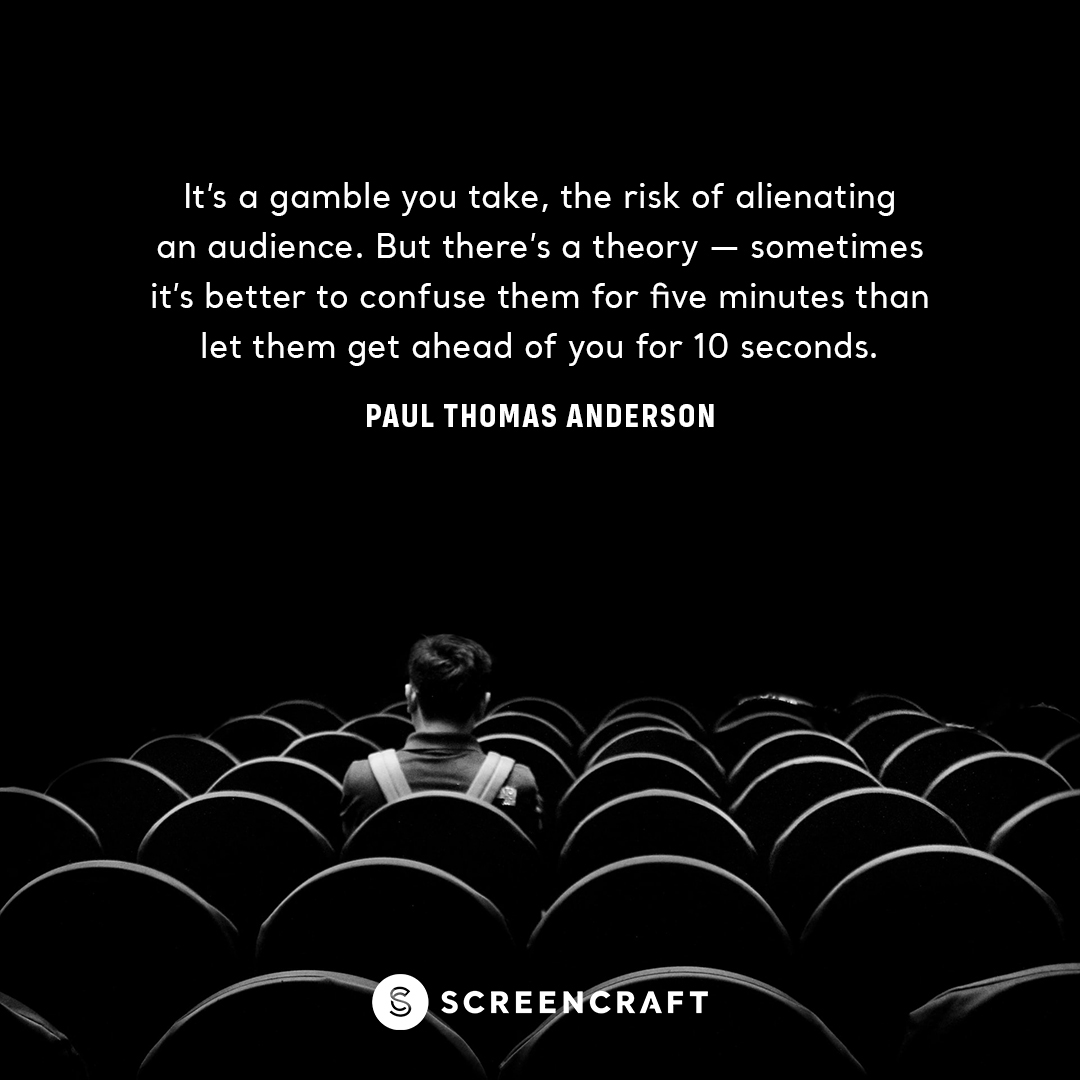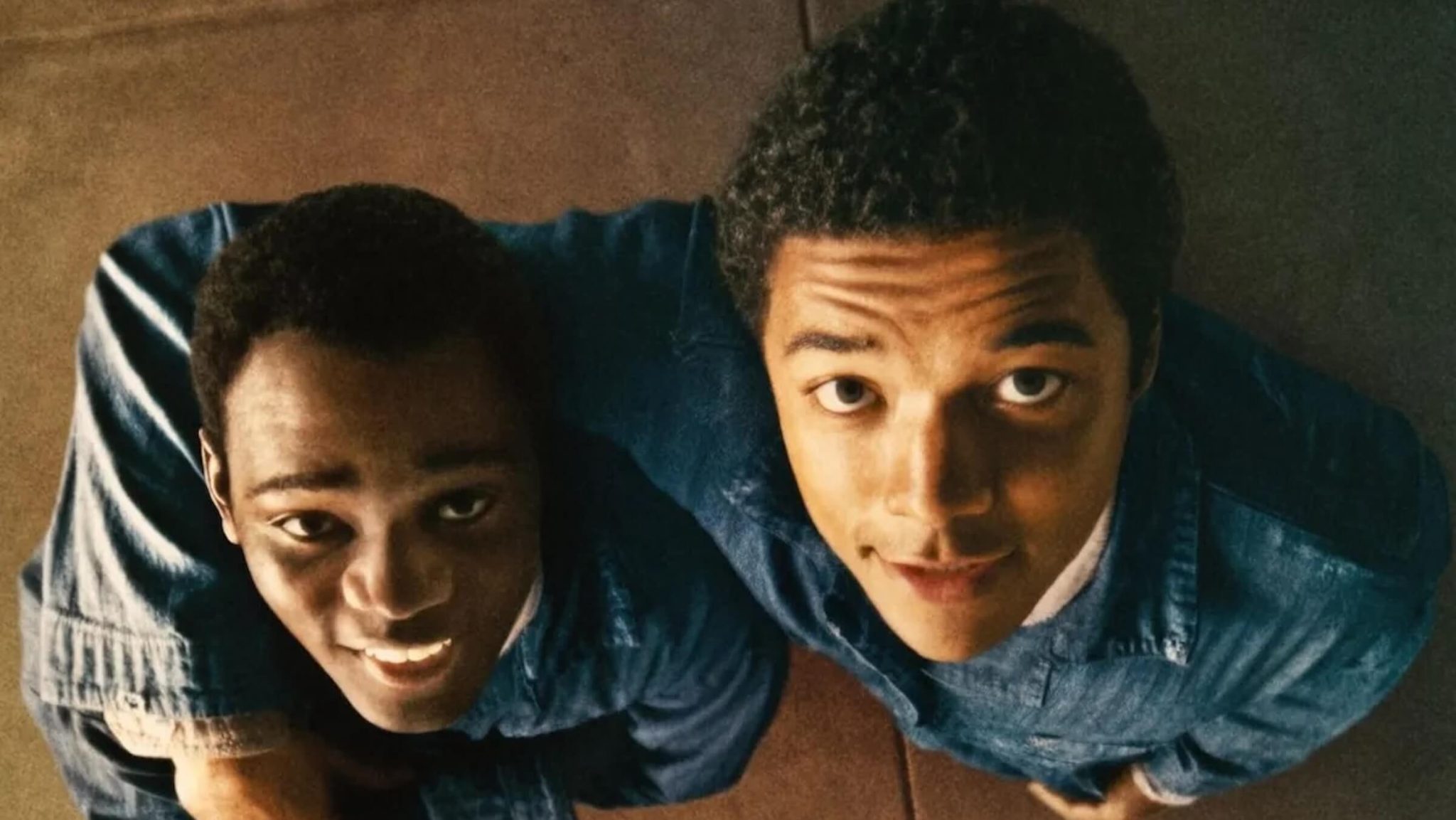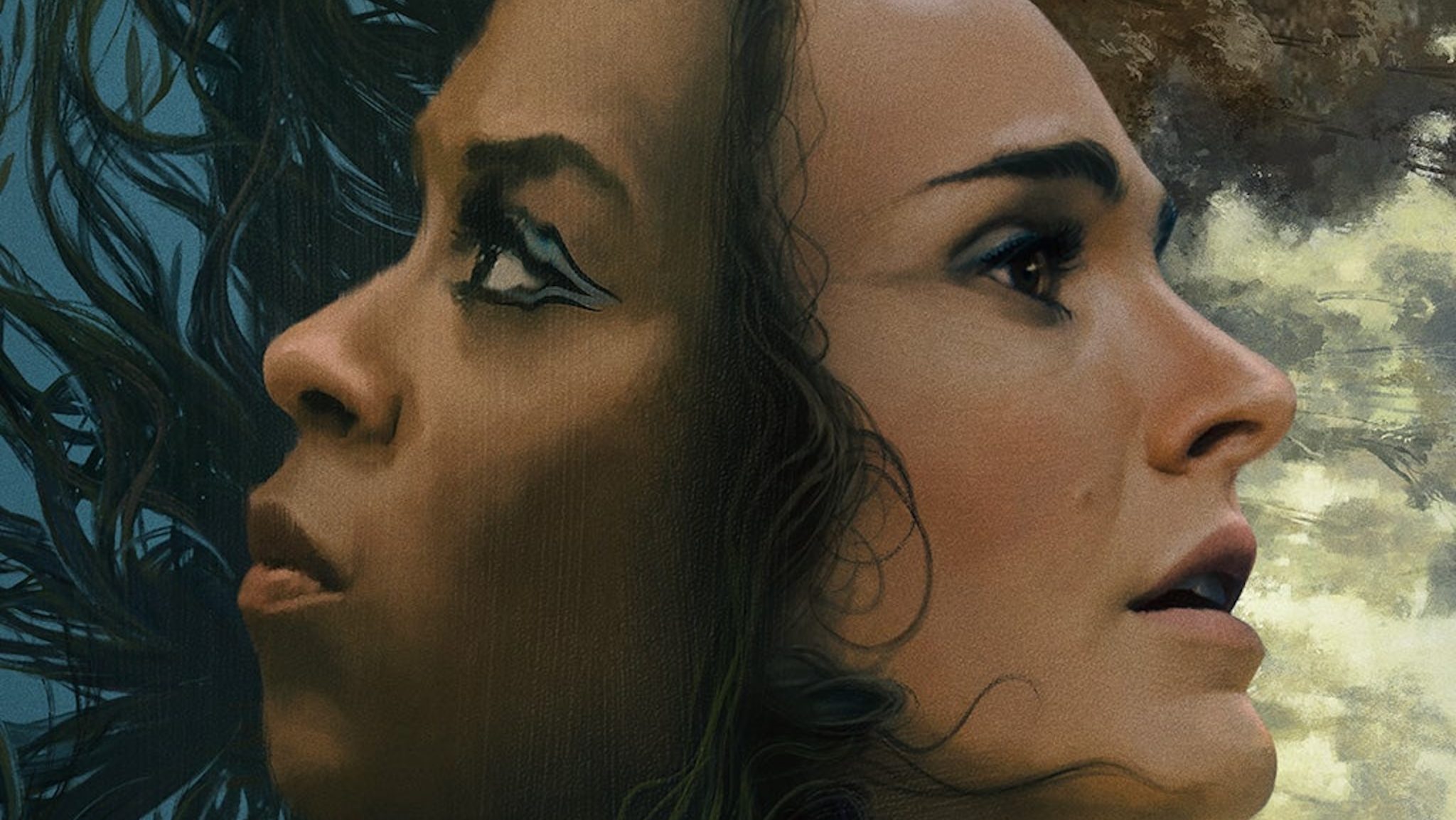Script Apart: 'Ripley' Screenwriter Steven Zaillian on Adding Depth to Your Characters
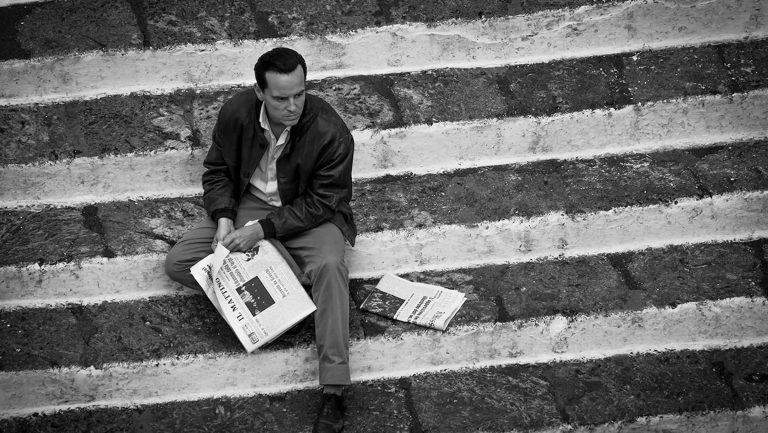
If the protagonist of your latest screenplay is feeling a little one-dimensional, here’s a trick that might lend them some more intrigue: give them a piece of art or pop culture to obsess over.
In Ripley, the new Netflix adaptation of Patricia Highsmith’s revered literary thriller, Oscar-winning screenwriter Steven Zaillian departs from the book (and the famous 1999 adaptation of Ripley, starring Matt Damon) by making the character fascinated by Italian artist Caravaggio.
In doing so, compelling insights into the conman’s psyche are revealed. Allow me to explain.
Shaping Your Protagonist With Existing Culture
Caravaggio was an artist who painted homoerotic depictions of Biblical figures. His paintings contained beauty—but also brutality. And in 1606, he murdered someone in a brawl after a tennis match.
Caravaggio fled his native Naples to avoid a murder charge, before dying himself in 1610.
It doesn’t take a genius to observe what appealed to Zaillian about adding scenes in which his show’s enigmatic fraudster Tom Ripley (Andrew Scott) stares captivatingly at Caravaggio’s work, sharing fantasies about the painter as the show goes on. This was, after all, a tale about a man with plenty of repressed sexuality, himself on the run in Italy, after—spoiler alert—carrying out a murderous act himself.
“I started seeing the connections between Caravaggio and Ripley early on,” Zaillian told me on this week’s episode of Script Apart, my podcast about the first-draft secrets of great movies and TV shows.
“The fact that he murdered someone in Italy. The brutality of the paintings themselves. I don't know if [Caravaggio] was on the run but he was definitely trying to travel incognito. By the time I got to episode eight ["VIII Narcissus"], I realized there was an opportunity to integrate Tom's knowledge of Caravaggio into the plot in a way that might reveal something.”
By adding the painter into the story, viewers were able to gleam things about an inscrutable character that we might not otherwise have realized: that he’s lonely, that he longs for connection, that complicated sexual urges prowl through him, and that he considers his barbarism a kind of work of art.
Ripley isn’t the first time a protagonist’s pop culture obsession has been a window into their identity.
Remember how in American Psycho, Patrick Bateman (Christian Bale) recites clinical analysis of 1980s pop music before his murders? That gave audiences an insight into his clinical, corporatized personality and made those murder scenes so much more jarring and unusual than were he just swinging an axe around.
Why not experiment with this in your own work? It worked for Zaillian—and it could work for you.
For more insights, listen to my full interview with the Oscar-winning screenwriter above.
Check out our Preparation Notes so you start your story off on the right track!
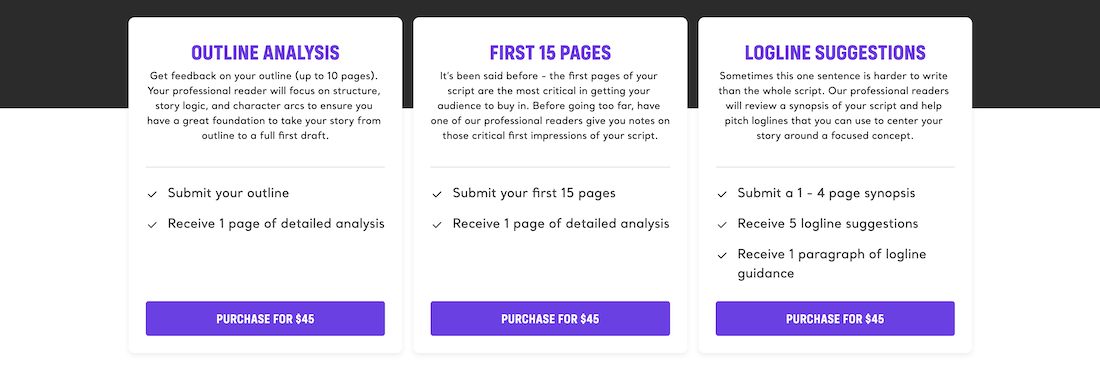
 Al Horner is a London-based journalist, screenwriter, and presenter. His work has appeared in The Guardian, Empire Magazine, GQ, BBC, Little White Lies, TIME Magazine, and more.
Al Horner is a London-based journalist, screenwriter, and presenter. His work has appeared in The Guardian, Empire Magazine, GQ, BBC, Little White Lies, TIME Magazine, and more.
Tags
Get Our Screenwriting Newsletter!
Get weekly writing inspiration delivered to your inbox - including industry news, popular articles, and more!



